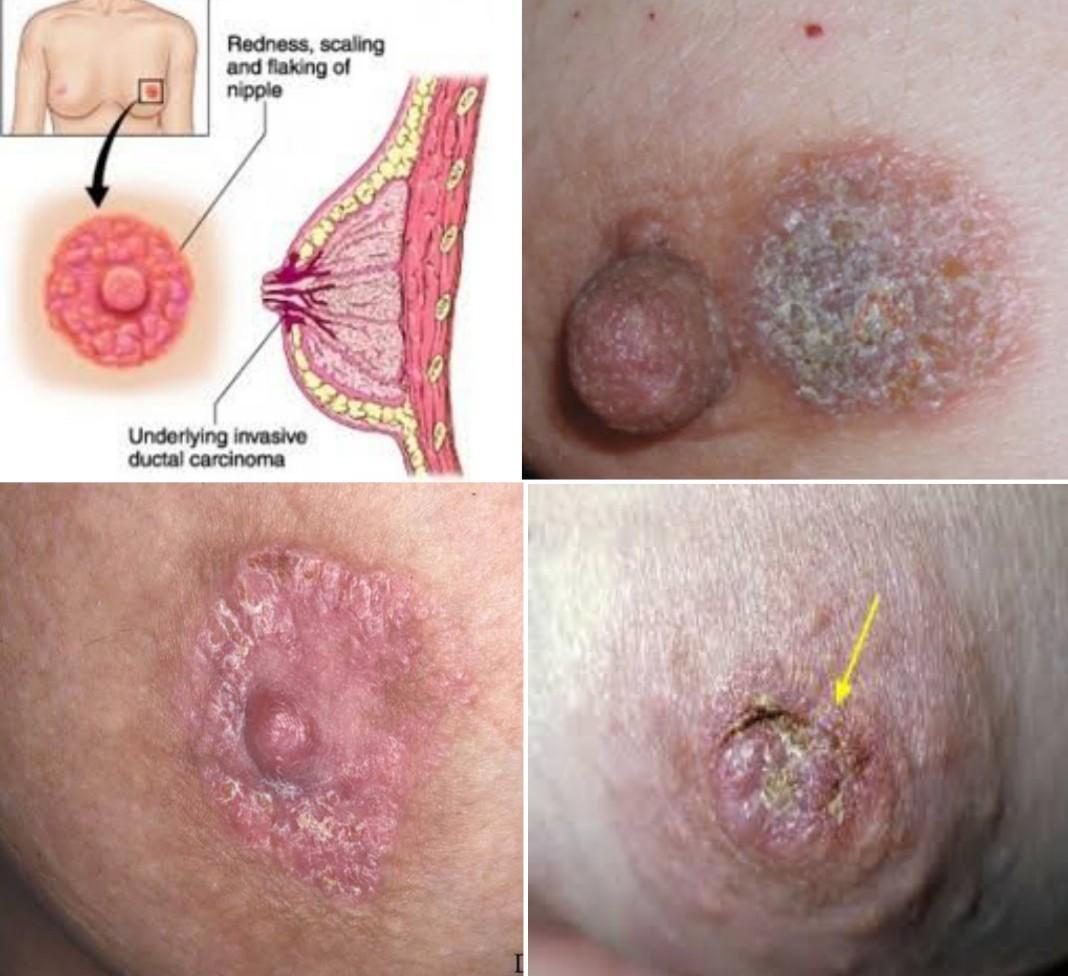Breast cancer is the second leading cause of cancer death in women (only lung cancer kills more women each year). The chance that a woman will die from breast cancer is about 1 in 38 (about 2.6%). Advances in screening and treatment for breast cancer have improved survival rates dramatically since 1989. According to the American Cancer Society (ACS), there are more than 3.1 million breast cancer survivors in the United States. The chance of any woman dying from breast cancer is around 1 in 38 (2.6%). The ACS estimate that 268,600 women will receive a diagnosis of invasive breast cancer, and 62,930 people will receive a diagnosis of noninvasive cancer in 2019.
In the same year, the ACS report that 41,760 women will die as a result of breast cancer. However, due to advances in treatment, death rates from breast cancer have been decreasing since 1989. Awareness of the symptoms and the need for screening are important ways of reducing the risk. In rare instances, breast cancer can also affect men, but this article will focus on breast cancer in women.
What are the types of breast cancer?
There are several different types of breast cancer, including:
- Ductal carcinoma: This begins in the milk duct and is the most common type.
- Lobular carcinoma: This starts in the lobules.
Invasive breast cancer occurs when the cancer cells break out from inside the lobules or ducts and invade nearby tissue. This increases the chance of cancer spreading to other parts of the body.
Noninvasive breast cancer develops when the cancer remains inside its place of origin and has not yet spread. However, these cells can sometimes progress to invasive breast cancer.
Symptoms of Breast Cancer
Regular screenings are important to reduce the risks of breast cancer. The first symptoms of breast cancer usually appear as an area of thickened tissue in the breast or a lump in the breast or an armpit.
Other symptoms include:
- pain in the armpits or breast that does not change with the monthly cycle
- pitting or redness of the skin of the breast, similar to the surface of an orange
- a rash around or on one of the nipples
- discharge from a nipple, possibly containing blood
- a sunken or inverted nipple
- a change in the size or shape of the breast
- peeling, flaking, or scaling of the skin on the breast or nipple
Most breast lumps are not cancerous. However, women should visit a doctor for an examination if they notice a lump on the breast.
Stages of Breast Cancer
A doctor stages cancer according to the size of the tumor and whether it has spread to lymph nodes or other parts of the body.
There are different ways of staging breast cancer. One way is from stage 0–4, with subdivided categories at each numbered stage. Descriptions of the four main stages are listed below, though the specific substage of cancer may also depend on other specific characteristics of the tumor, such as HER2 receptor status.
- Stage 0: Known as ductal carcinoma in situ (DCIS), the cells are limited to within the ducts and have not invaded surrounding tissues.
- Stage 1: At this stage, the tumor measures up to 2 centimeters (cm) across. It has not affected any lymph nodes, or there are small groups of cancer cells in the lymph nodes.
- Stage 2: The tumor is 2 cm across, and it has started to spread to nearby nodes, or is 2–5 cm across and has not spread to the lymph nodes.
- Stage 3: The tumor is up to 5 cm across, and it has spread to several lymph nodes or the tumor is larger than 5 cm and has spread to a few lymph nodes.
- Stage 4: The cancer has spread to distant organs, most often the bones, liver, brain, or lungs.
What Does A Rash From Breast Cancer Look Like?
Paget’s disease of the nipple, also known as Paget’s disease of the breast, is a rare condition associated with breast cancer. It causes eczema-like changes to the skin of the nipple and the area of darker skin surrounding the nipple (areola). It’s usually a sign of breast cancer in the tissue behind the nipple. The symptoms are a red, scaly rash on the nipple and surrounding area. This can be itchy and looks a bit like eczema. It is sometimes mistaken for eczema at first. SEE: Breast Cancer NGOs In Nigeria and their Contacts






